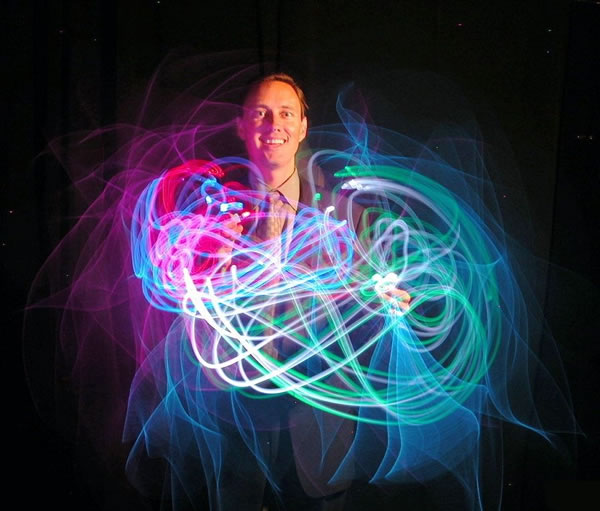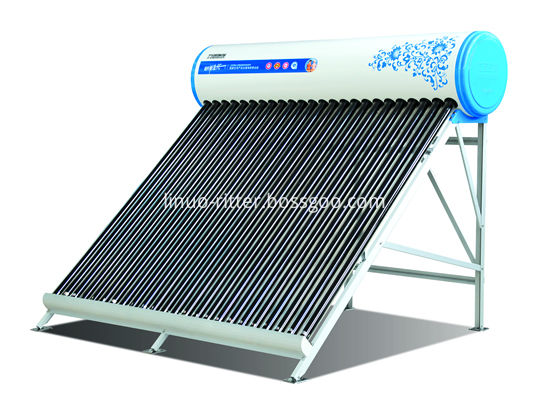Hydroelectric power can be traced back thousands of years ago, and today dams and waterfalls provide green energy to all parts of the world. Now, a group of scientists have applied this ancient concept to new areas, such as the inner space of our body. Can this be used to power the next generation of implants and nanomaterials? This is what researchers at Fudan University think.

The human heart beats approximately 2.5 billion times in average life, and blood moves at speeds of 3 to 4 miles per hour, which is the speed at which the average person walks. Using this energy can provide important motivation. Researchers have reached a milestone in the first attempt to use the body to generate electricity.
Hydroelectric power has many advantages. Unlike wind or solar energy, water is always flowing, so it is a stable and reliable source. As long as people are alive, blood will flow. Scientists had previously speculated that generators in the human body are feasible, however, to achieve this goal is still very likely, researchers thought of a novel method.
This is basically the same as the principle of hydroelectricity. Hydroelectric power plants need large, heavy and complex equipment. How can we reduce these devices to the nanoscale? The researchers abandoned the idea and instead designed and built a fibrous fluid nanometer generator (FFNG). Dipping this fiber, less than a millimetre thick, into a saline solution produces energy.
Carbon nanotubes are one of the most powerful substances in the world. They can be rotated or arranged in thin slices. The approach the researchers came up with was to use FFNG to wrap the carbon nanotubes around the core of the polymer. Carbon nanotubes are not only electrically active, but also strong and stable. The entire fiber is less than half a micrometer thick. In addition, they are flexible, scalable, and capable of lasting 1 million cycles. After testing, it is 20% more efficient than the previous model.
To test the new method, the researchers connected the FFNG to the electrode and then immersed it in a saline solution. The fluid flows on the fibers to create an electrical current, which also destroys the symmetry of the fiber's natural charge distribution. Different charge gradients between the inner and outer layers generate a lot of energy. When the fluid passes through it, this interference will continue, so it can continuously pump out energy. Researchers have conducted successful experiments in the frog body.
There are many uses for FFNG, which may be incorporated into fabrics to provide a greater role, such as wearable electronics. You can tuck your phone into your jacket or shirt for charging. Or use it to drive healthy nanomaterials such as pacemakers and so on.
Non-pressurized solar water heater is a cost-effective system for residential hot water application. this system is designed according to thermosiphon principle and operating with proportion difference between cold and hot water. The water heated by sunlight through vacuum tubes, and then heat is passed from water inside of Vacuum Tubes to the stainless steel storage tank where the insulation preserves the heat.

Solar Water Heater,Compact Solar Water Heater 150L,Compact Solar Water Heater 300L,Solar Thermal Water Heater
Linuo Ritter International Co.,Ltd , https://www.lnrtsolarenergy.com